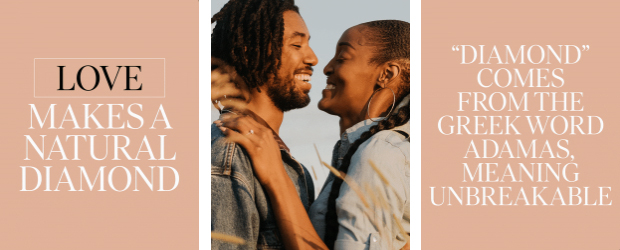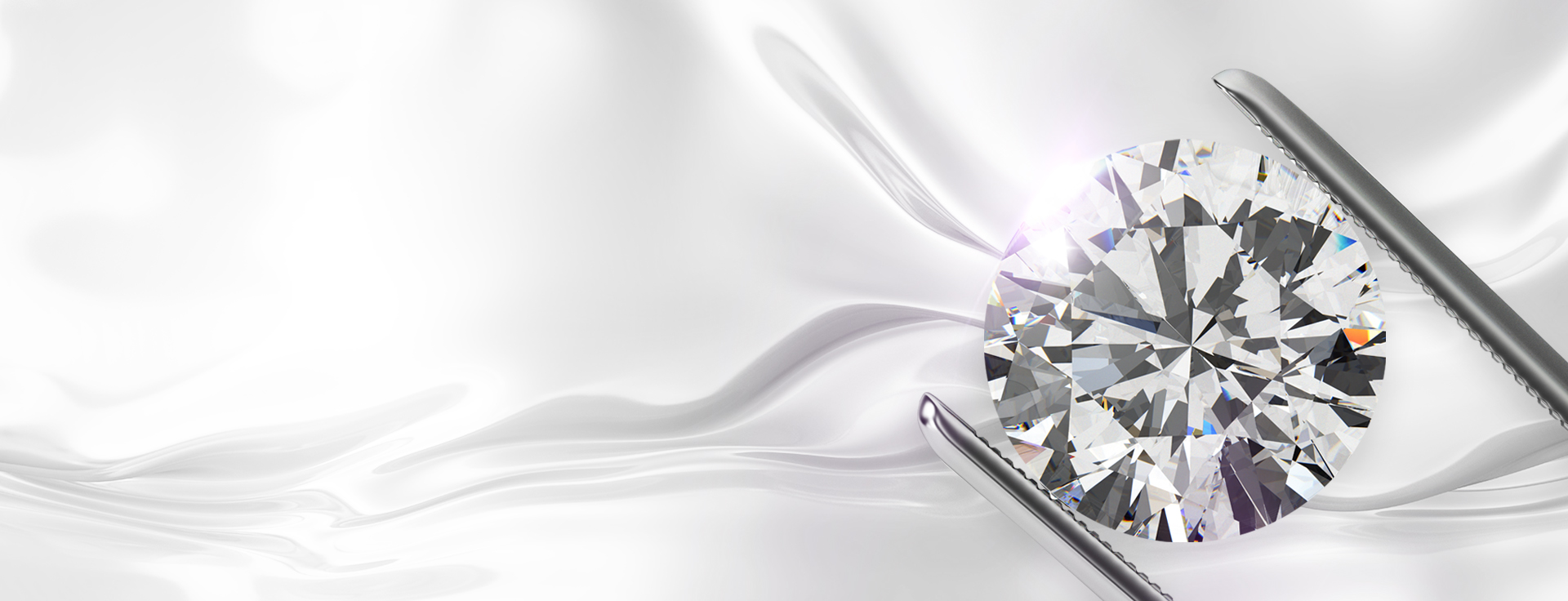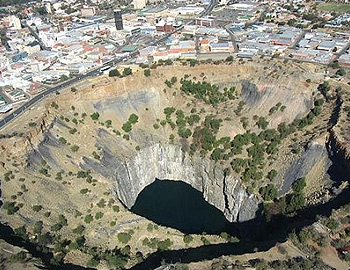Understand
What is Diamond
A diamond is a NATURAL mineral composed essentially of carbon crystallized at extremely high temperatures and pressures; in nature, diamonds form 150 to 200 kilometers or more below the earth's surface (see photo 1 & 2). Diamond is the hardest of all known natural substances (10 on the Mohs scale); its refractive index is 2.417, dispersion 0.044, specific gravity 3.52, and its luster is adamantine.
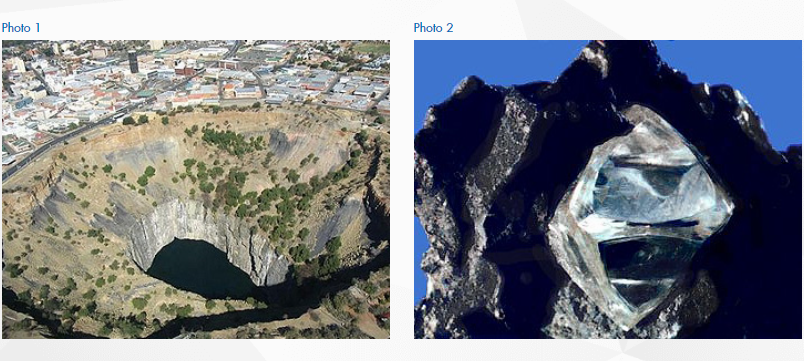
Diamond forms in the cubic, or isometric, crystal system (see photo 3), has four directions of perfect octahedral cleavage, and shows a step-like fracture surface. Its color ranges from colorless to yellow, brown, gray, orange, green, blue, white, black, purple, pink, and, extremely rarely, red (see photo 4).
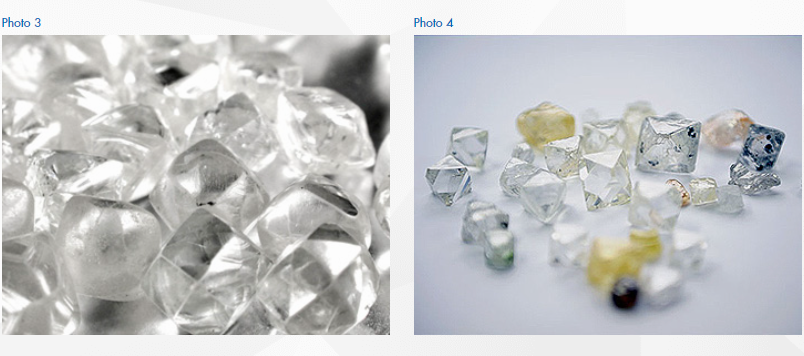
Transparent and near-colorless in a desirable color (see photo 5), diamond is a highly valued gemstone; poorly colored or heavily included single crystals are used for a wide variety of industrial purposes; polycrystalline material is crushed and used as an abrasive powder.
What makes a Diamond?
Diamonds come from the Earth.
A natural diamond’s creation began around 100 miles below the Earth’s surface. Each natural diamond is made of pure carbon, compressed by Earth’s pressure over time, and is the hardest substance on earth that exists naturally.
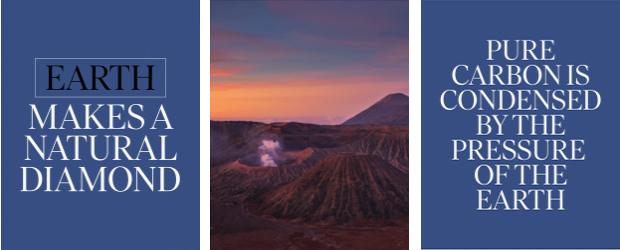
Diamonds are the oldest thing you’ll ever touch.
The first diamond was discovered in an Indian cave nearly 4,000 years ago. But the diamond journey? That began billions of years before. The stones you see in diamond jewelry today began forming from one to three billion years ago, making a natural diamond the oldest thing you’ll ever touch. A natural diamond’s markings and inclusions are symbols of their age, and can be considered small time capsules that tell stories of the Earth’s formation.
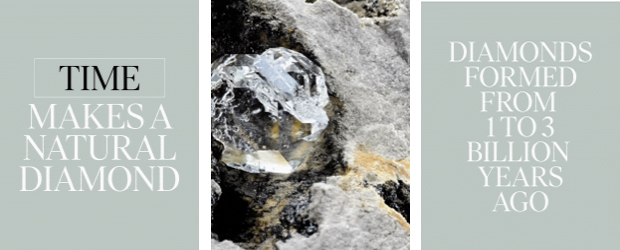
Diamonds are extremely rare.
Diamonds are becoming rarer every day because only one significant deposit has been found in decades. Now, there are so few one carat diamonds being recovered each year, the total number would fill only one exercise ball. Therefore, are diamonds rare? Yes, and they are becoming increasingly more valuable each day.
To keep up with the demand while resources diminish, scientists have started creating many replicas— from lab grown diamonds to simulated diamonds made of glass. However, even when a laboratory‐grown diamond has the same chemical makeup as a natural diamond, their mass‐produced origins are easily detected and prevent them from maintaining any real value.
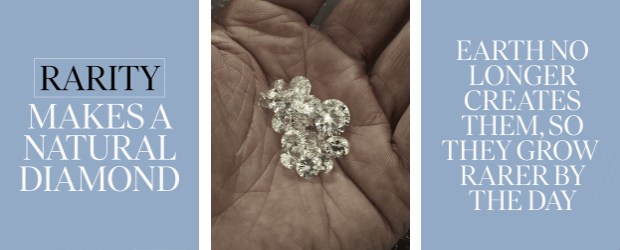
Diamonds are a symbol of love.
The name "diamond” stems from the Greek word adamas, meaning unbreakable. In 1477, Archduke Maximilian of Austria wanted to orchestrate a wedding proposal for his love, Mary of Burgundy. To ensure she knew how he felt, he commissioned an engagement ring to be made with a diamond—a resilient stone as beautiful and enduring as his love. That day, the diamond engagement ring was born, a symbol of everlasting love.
